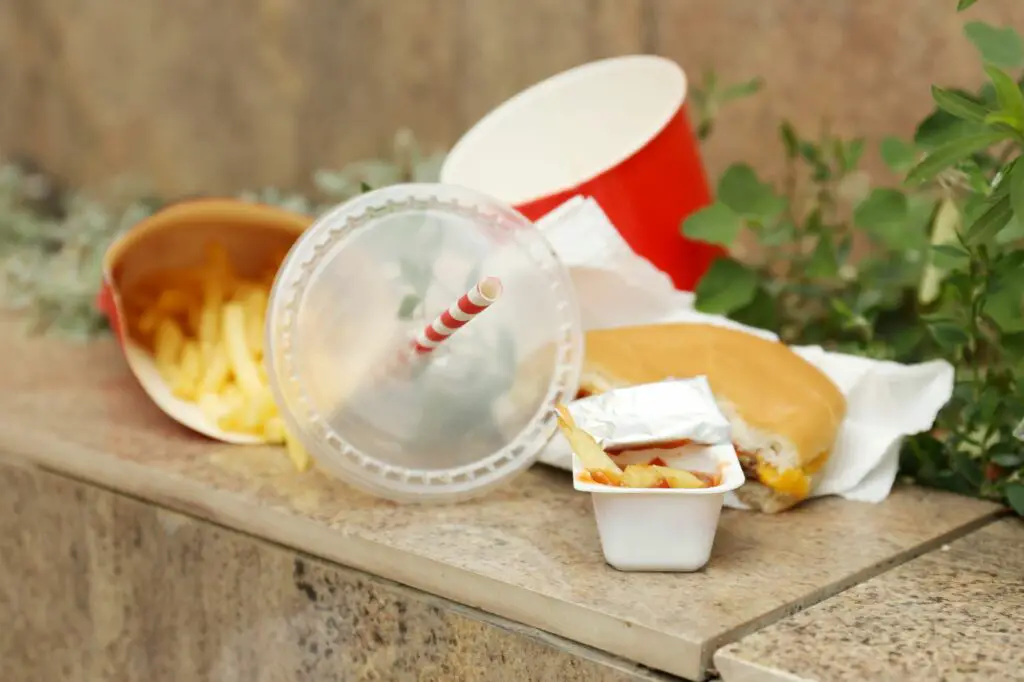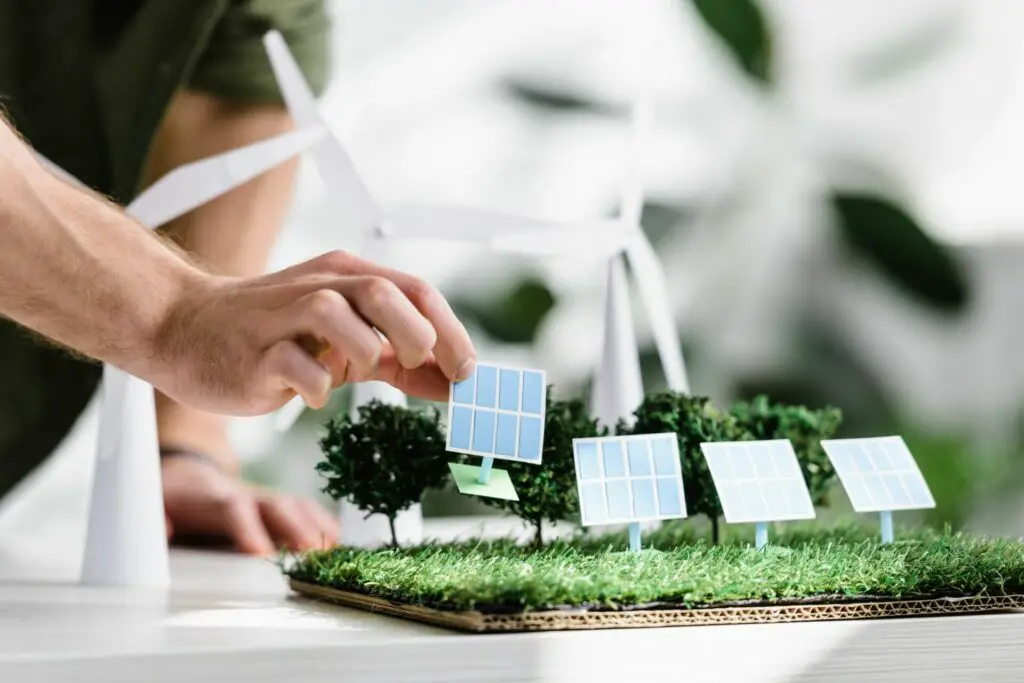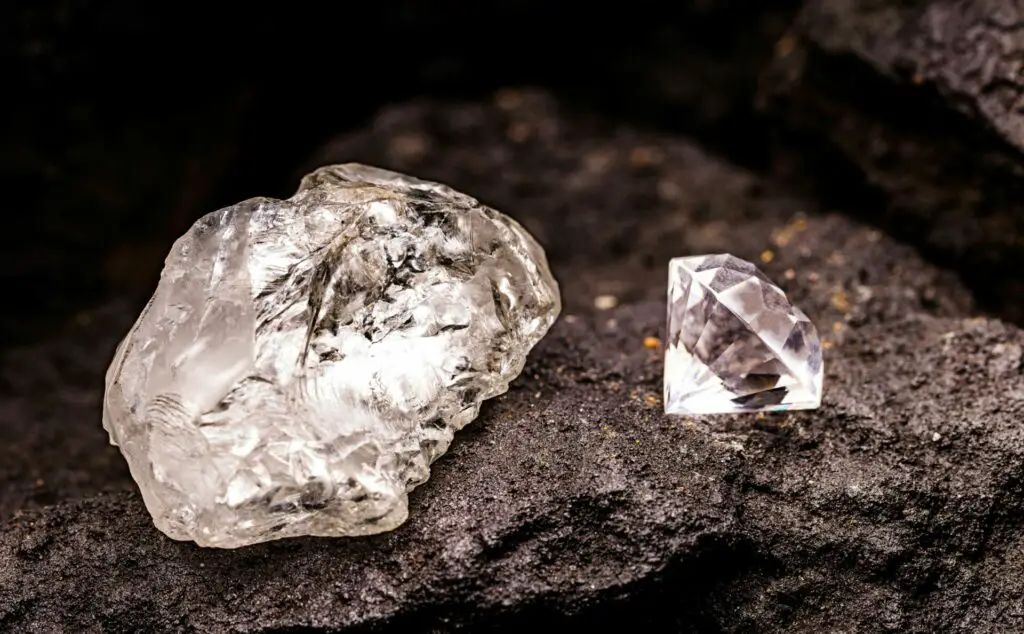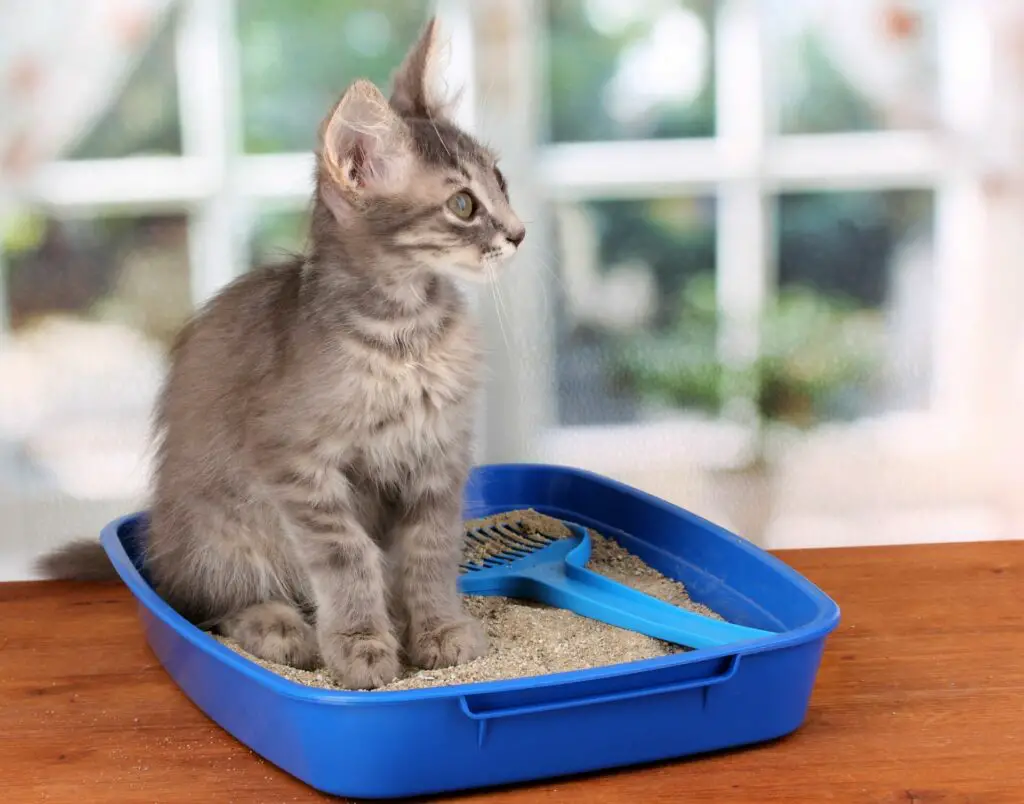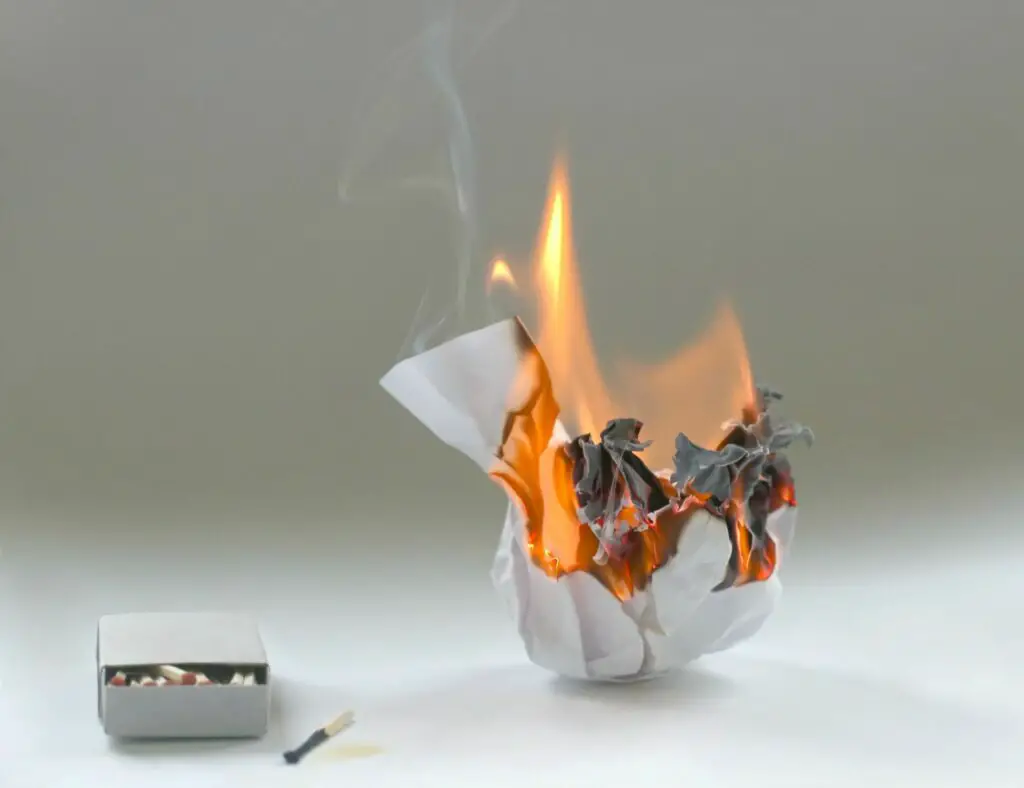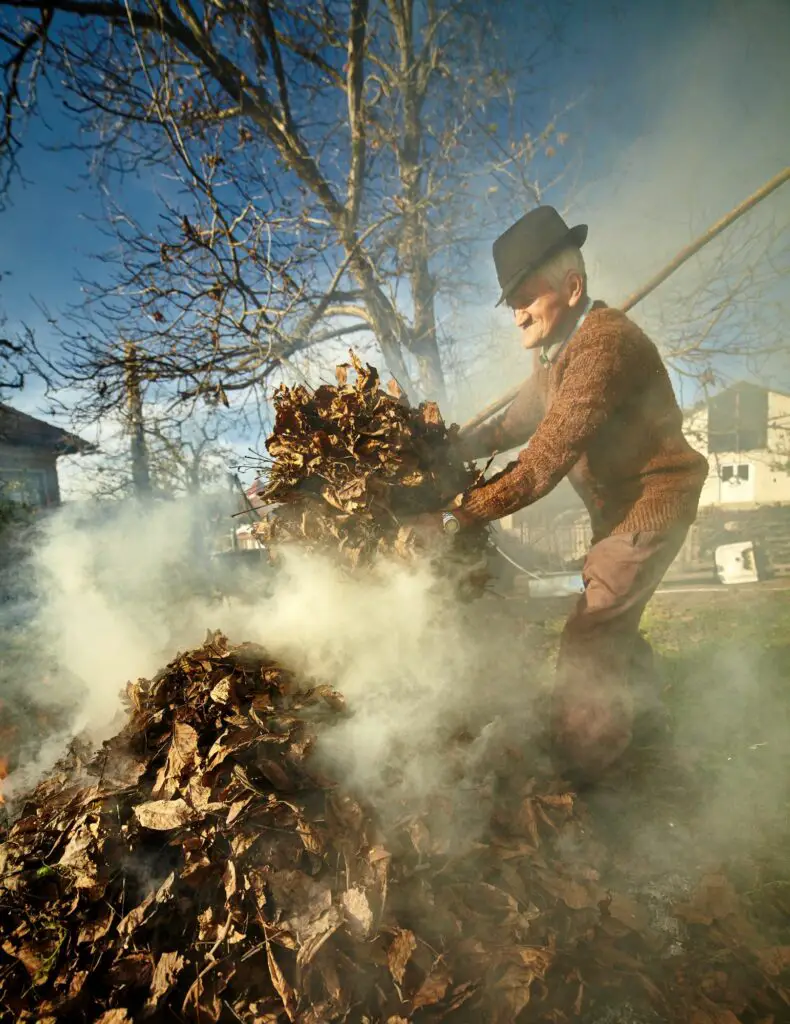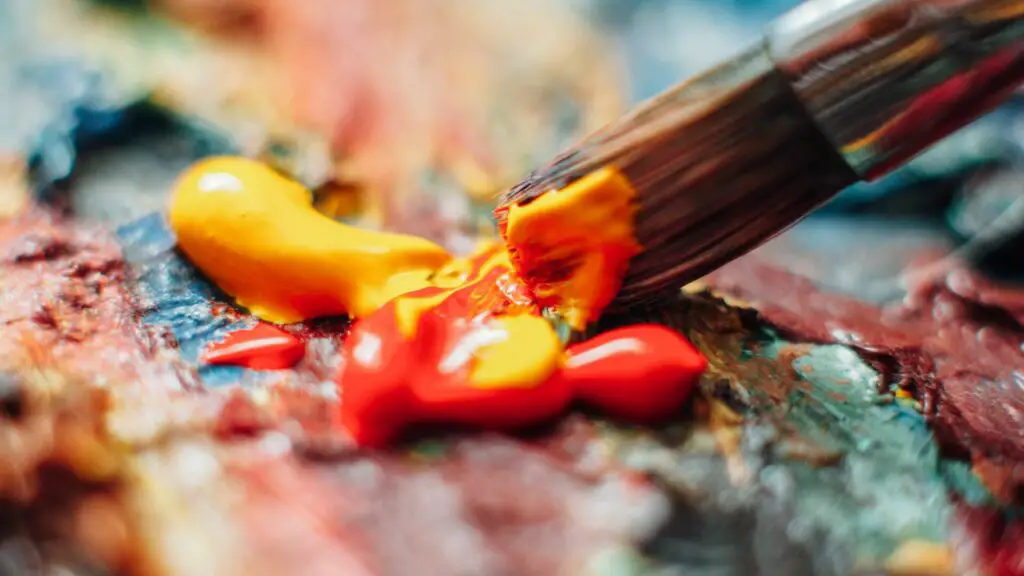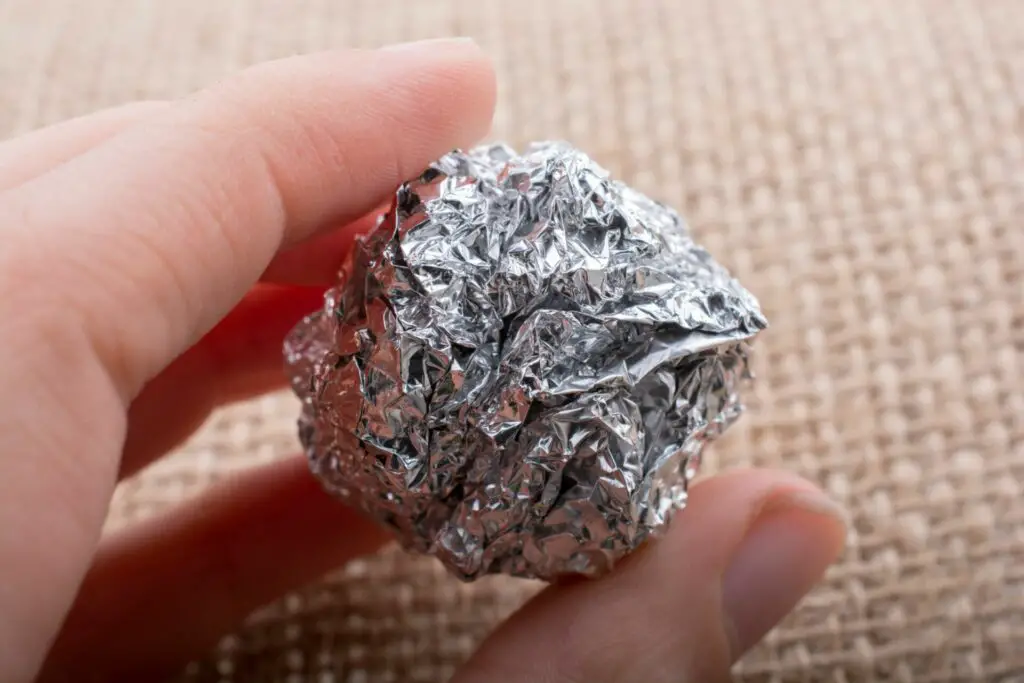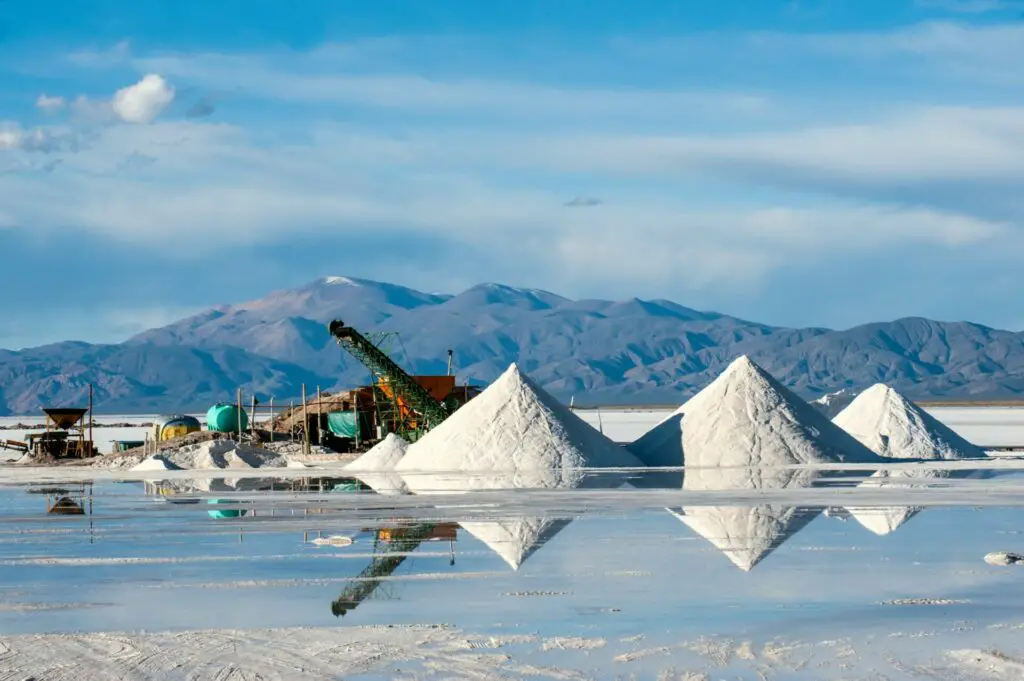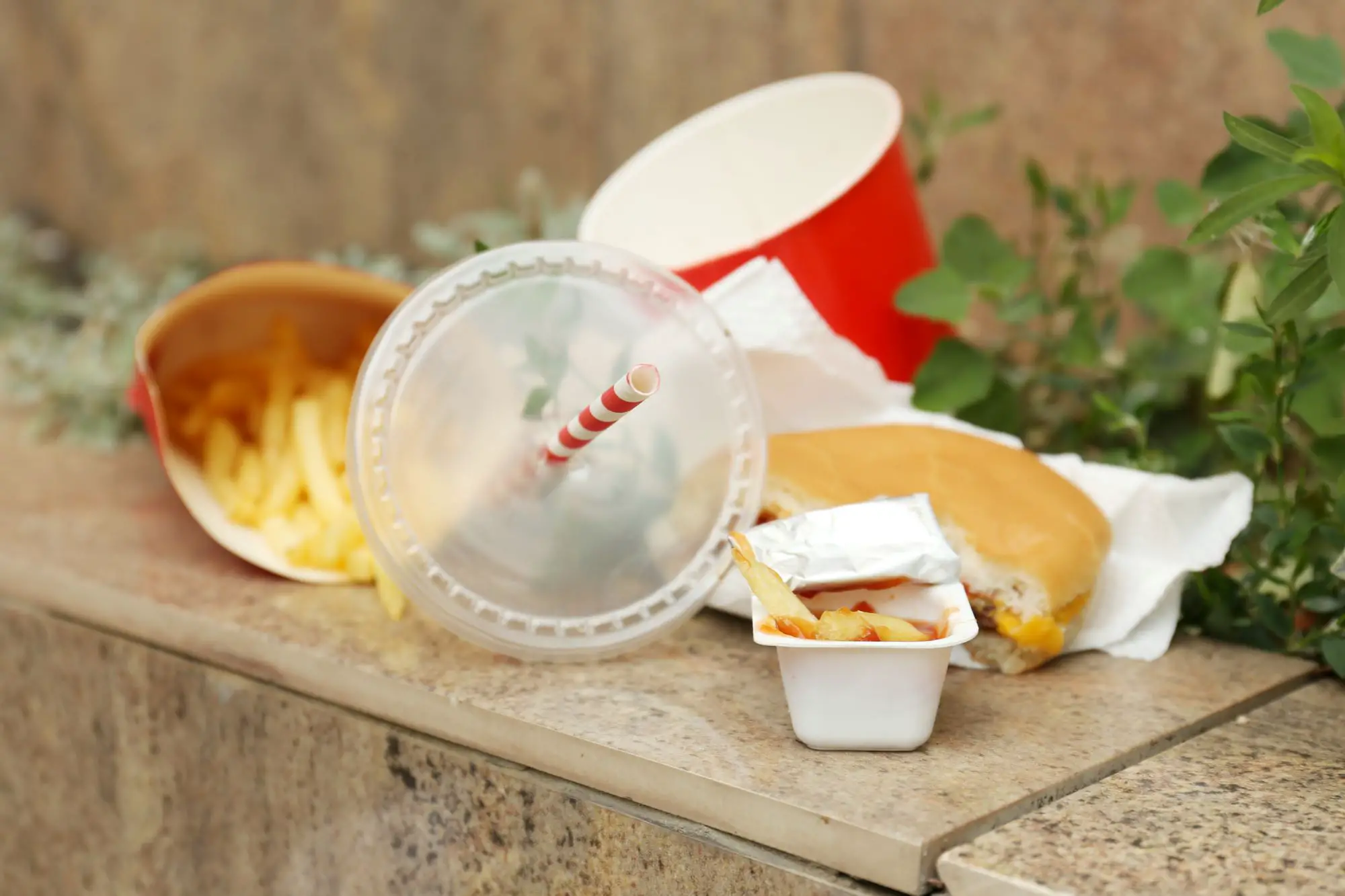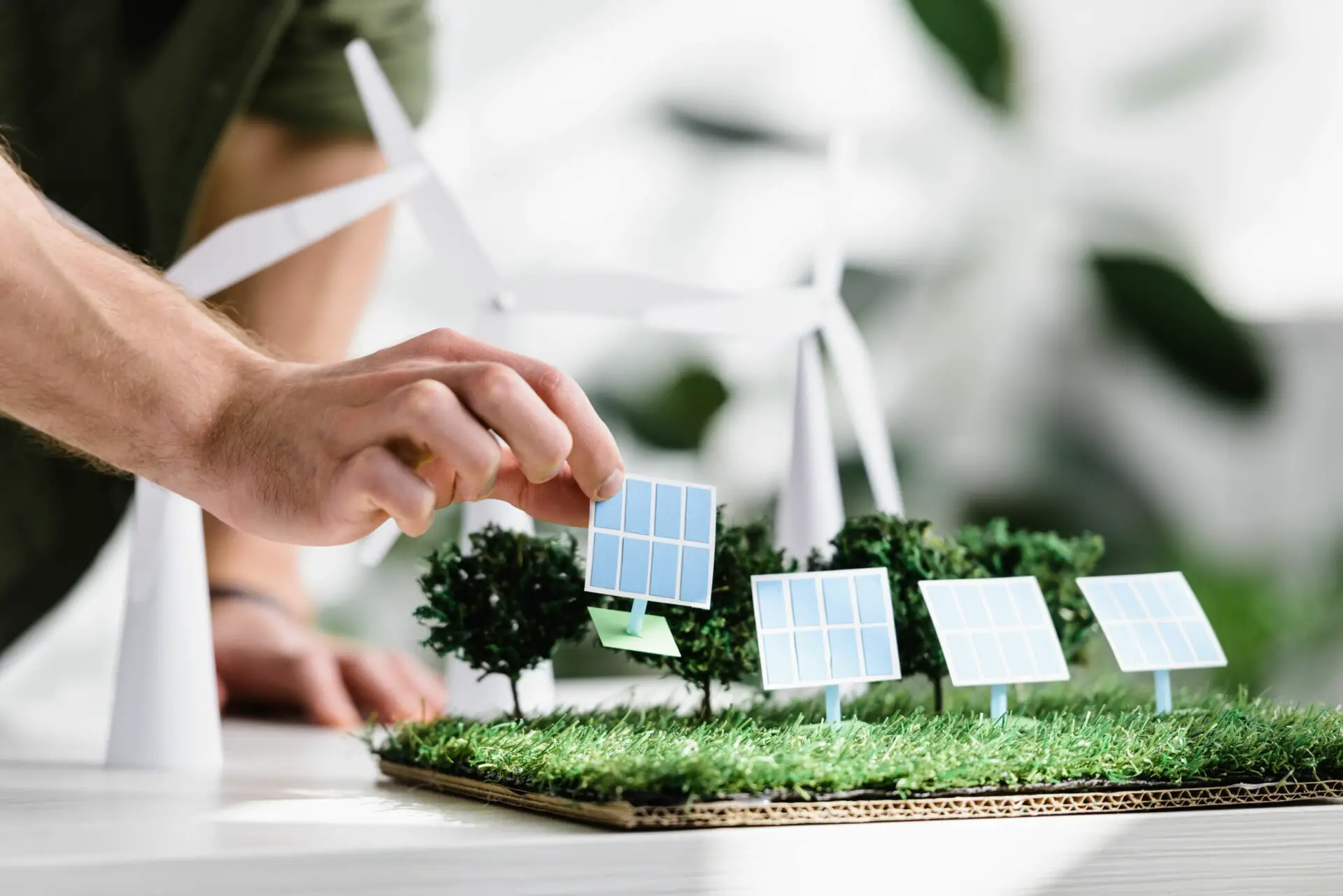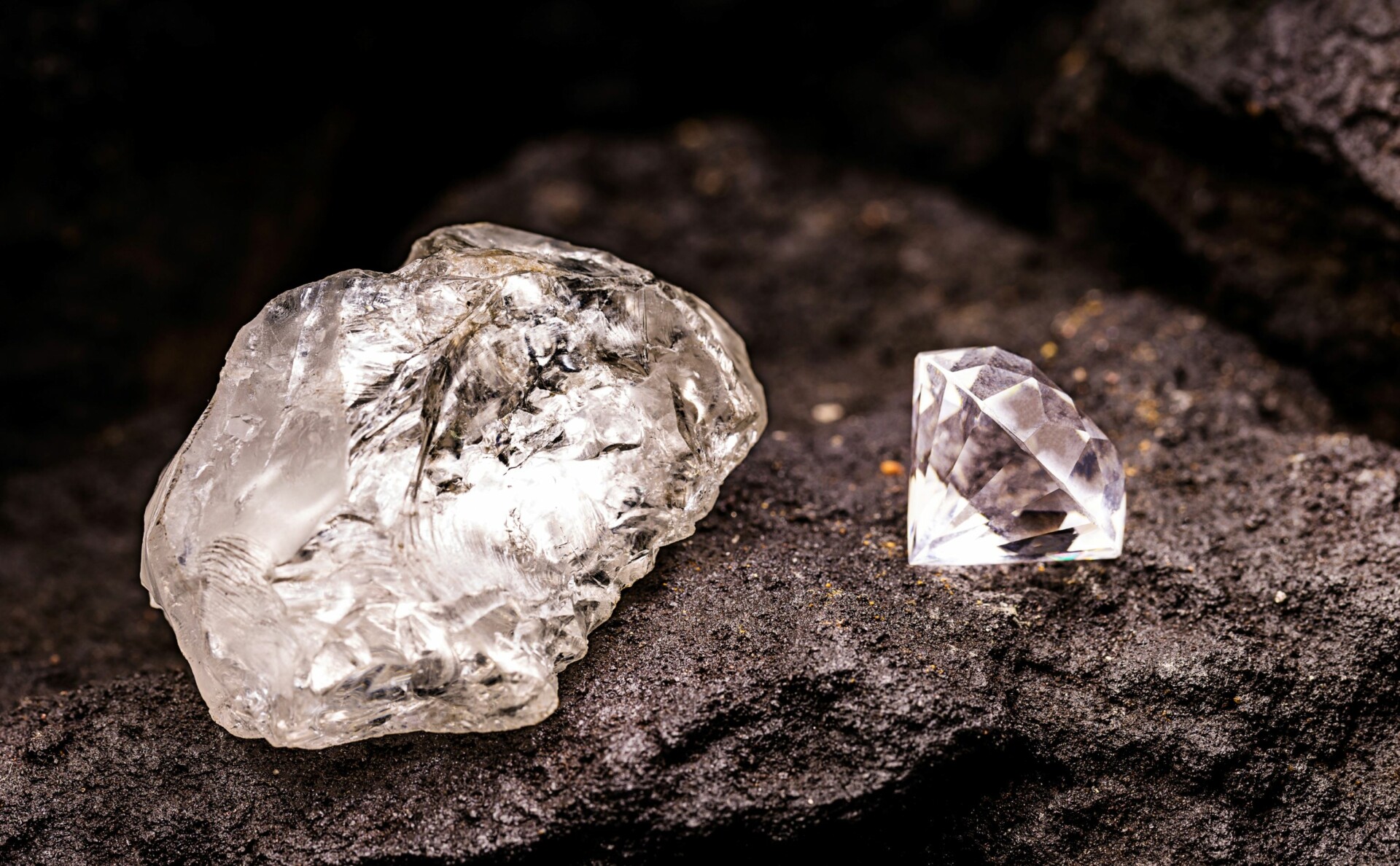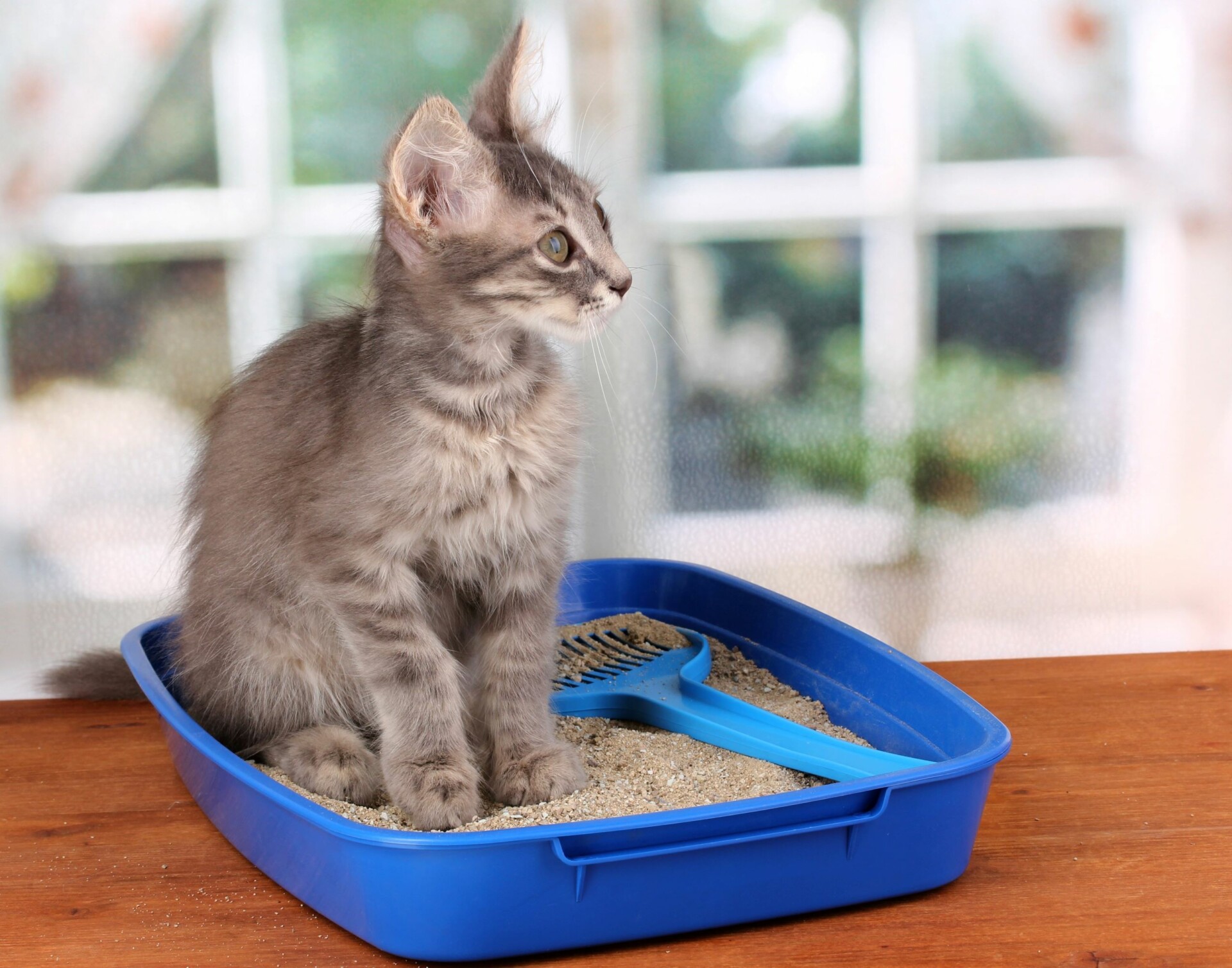When you hear the term horticulture, it is often associated with the act of gardening.
They both involve plants and taking care of them, right?
But is gardening actually considered to be horticulture?
If they aren’t one and the same, what’s the difference between the two?
Most types of gardening are considered to be horticulture. There are only a few types of gardening that aren’t.
Even though gardening is considered to be horticulture, there are certain areas of horticulture that extend beyond where gardening leaves off.
In horticulture, there is a large focus on commercialization of plants that doesn’t exist with most types of gardening.
In this article, we’ll look at gardening and horticulture separately in order to establish small differences between the two.
We’ll also look at their similarities and how they fit into the bigger picture of growing and sustaining plant life.
What Is Considered Gardening?
Gardening is the act of growing flowers, food, or other plants on a specific piece of land.
Gardening is both an art and science. It is art where creating a visually appealing space is concerned and science where helping plants survive is concerned.
Success in gardening requires a certain level of knowledge about plants and how to create an environment in which they can thrive, some of which can be gained through experience.
A garden can take on many different forms depending on your personal preference, but most gardening is done as a hobby.
In some cases, gardening can be turned into a career if it does on a larger scale and you have the tools needed to sustain it.
What Is Considered Horticulture?
Horticulture refers to a specific branch of plant science regarding the study and cultivation of garden crops.
Although it does involve growing plants, horticulture goes more in-depth than that.
Horticulture is an applied science that also focuses on sustainability, breeding, and marketing of garden plants.
Plant breeding can involve not only the production of more plants, but also changing the genetic makeup of plants to make them more adaptable to specific environments.
Marketing focuses on the commercialization of plants for sale, so horticulture is just as much a business as it is a science.
There are three specialized areas of horticulture: ornamental horticulture, olericulture, and pomology.
Ornamental horticulture refers specifically to the growth and marketing of flowering plants, usually for landscaping and floristry.
Olericulture focuses on growing vegetables to use as a source of food. This can be done for the purpose of home vegetable gardening or small-scale farming.
Pomology is the science of growing fruit as a source of food. Like olericulture, the marketing of fruit trees and plants is geared toward those who want a few fruit trees or larger orchards on their land.
Horticulture also has several careers associated with it, many of which require advanced knowledge or even a college degree.
Most of these careers are part of the green industry that consists of work in plant nurseries, greenhouses, garden centers, and landscape design.
Careers can also be in larger entities such as municipal, state, and national parks.
What Are Similarities Between Horticulture And Gardening?
Gardening and horticulture are very similar because gardening is a part of horticulture.
Both gardening and horticulture can focus on sustainability issues and how to improve them.
Another similarity is that they both involve the science of creating an environment that plants can thrive in. This can include improving soil conditions and watering systems.
Both gardeners and horticulturists have to know what plants can survive in certain areas.
And in some cases, they are both actively involved in the planting, especially where landscape design is concerned.
What Are The Differences Between Horticulture and Gardening?
There are several key differences between horticulture and gardening.
The biggest difference is that gardening is often done on a small scale and is more of a hobby than a career.
On the other hand, horticulture is done as a career on a much larger scale.
As further evidence that horticulture has much more to it than gardening, it is a sector of the agriculture industry that focuses specifically on garden crops.
Some people even think of horticulture as small-scale agriculture, whereas gardening is a sector of horticulture.
Horticulture goes more in-depth than the act of growing plants. There is a large focus on commercialization of plants.
Commercializing plants means finding new ways to grow and market them so that they appeal to consumers’ changing wants and needs.
Horticulturists have to stay up-to-date regarding new developments in sustainability practices and plant technology.
You could even say that horticulture focuses on sustainability on a much larger scale than gardening does.
Essentially, horticulturists are the producers and providers of plants, while gardeners are strictly the consumers.
5 Types Of Gardening Which Are Also Horticulture
1. Fruit, Vegetable, and Herb Gardens
Fruit, vegetable, and herb gardening is typically done to provide food to the gardener.
Providing these types of plants is one of the largest purposes of horticulture.
Some food gardens are done at a person’s private residence, while others can be community gardens where everyone in a particular area contributes to the garden.
While fruit is usually limited to trees and bushes that need to be planted in the ground, some fruits like lemon and lime trees can be grown in containers.
Vegetable and herb gardens are more versatile. These garden crops can be grown in raised beds, or even containers if you’re short on space. Herbs can even be grown indoors.
2. Ornamental Gardens
Another purpose of horticulture is the cultivation of ornamental plants.
Ornamental plant gardens are very appealing to gardeners because they provide beauty and color to their outdoor space.
There are many different types of ornamental plants, including flowers, shrubs, trees, grasses, and groundcovers.
These plants are very versatile and the possibilities for the types of gardens you can create are endless.
You can even create gardens with a specific theme or purpose, such as rose gardens, annual or perennial gardens, or gardens that attract pollinators.
Most gardeners even have tremendous success growing ornamental plants in containers, with the benefit that they can be easily changed out if necessary.
3. Propagation
Plant propagation refers to creating new plants from existing plants.
New plants can be created through natural dispersal of seeds or through human interaction.
With gardening, most propagation happens by taking a seed from an existing plant and using it to grow a new plant.
But propagation can also happen through natural dispersal, meaning weather or animals can disperse seeds or pollinate plants.
Horticulturists have other ways and methods of propagating plants, and do so for scientific reasons as well as for the purpose of creating more plants.
4. Pruning
Pruning means to trim a tree, shrub, or other plant to increase fruit and flower production.
Usually, plants are pruned to remove dead branches or branches that are overgrown.
Gardeners prune their trees and shrubs at the end of the season or before the next flowering season begins in order to encourage the plant to keep producing.
Horticulturists prune plants for the same reason, but they may also prune them more regularly in order to keep them looking presentable for sale.
5. Soil Cultivation and Modification
Soil cultivation refers to rearranging the soil to get it ready for planting.
Cultivating can be done with a machine for larger gardens, or by hand with a shovel for individual plants.
The purpose of cultivating is to break up the soil to make it more suitable for plants.
Both horticulturists and gardeners need to cultivate the soil to accommodate for new plant growth.
Soil modification refers to changing characteristics of the soil to create a more suitable environment for plants to grow in.
This is often necessary for both gardeners and horticulturists to do. Composting is a common method for both groups to use.
Soil types differ based on where you live and some soil lacks the nutrients that certain plants need to survive.
By modifying the soil, you can add some of those nutrients to the soil to give the plant a better chance of survival.
3 Types Of Gardening Which Are Not Horticulture
1. Hobby Gardening
Even though the specific aspects of hobby gardening are similar to horticulture, hobby gardening itself is not horticulture.
Remember that horticulture is a profession, and hobby gardening is just that: a hobby.
Usually, hobby gardening isn’t done for a profit or to produce crops on a large scale for someone else to consume.
In some cases, hobby gardeners do set up stands at farmer’s markets to sell their crops or flowers, but the intention is not to commercialize the plants for profit.
Hobby gardeners also don’t have the means and technology to genetically modify plants.
2. Fairy Gardens
Fairy gardens are gardens filled with miniature houses and buildings for the purpose of “attracting fairies”.
Creating fairy gardens is a type of hobby gardening done by people who enjoy the thought of fairies visiting their garden. It is also frequently done by people that have kids.
Fairy gardens can be created in containers or on a specific plot of land.
The structures themselves can be made out of sticks and rocks, or kits can be purchased. Sometimes, fairy gardens have plants growing in them as well.
3. Rock/Zen Gardens
Rock and zen gardens originated in Japan, but they can be found all over the world.
Rock gardens can be used to add character to an unused piece of land, such as a sloped or shady area. Rock-loving plants are sometimes planted around the rocks.
Most zen gardens consist of rocks, sand or gravel, and a water feature arranged in a certain way.
The sand or gravel is raked to resemble water. Sometimes, the gardens will have trees and shrubs growing in them as well.
Zen gardens are used for meditation and spiritual purposes.
Conclusion
It is easy to see why gardening is considered to be part of horticulture since horticulture refers to growing and selling garden crops.
The main difference between horticulture and gardening is that gardening isn’t usually done as a career.
Horticulture is a smaller, specialized area of agriculture, and gardening is a small part of horticulture.
Horticulture is also more scientific than gardening, since horticulturists have to grow and sell high-quality plants that will serve their purpose well.
We should also keep in mind that a garden doesn’t always have to have plants in it, so not all types of gardens are considered horticulture.
You Might Also Like…
- Is Fast Food Bad for the Environment? (& What You Can Do)
- Is Fabric Softener Bad for the Environment? (+5 Eco-Friendly Options)
- Is Fuel Dumping Bad for the Environment? (& How Often It Happens)
- Is Electricity Generation Bad for the Environment? (What You Should Know)
- Is Dry Cleaning Bad for the Environment? (4 Surprising Facts)
- Is Diamond Mining Bad for the Environment? (Important Facts)
- Is DEET Bad for the Environment? 4 Effects (You Should Know)
- Is Cat Litter Bad for the Environment? (5 Common Questions)
- Is Burning Cardboard Bad for the Environment? (6 Facts)
- Is Burning Paper Bad for the Environment? (6 Surprising Facts)
- Is Burning Leaves Bad for the Environment? (7 Quick Facts)
- 4 Natural Cleaners for Quartz Countertops
- 6 Eco-Friendly Acrylic Paint Brands (For Sustainable Artists)
- 5 Eco-friendly Alternatives to Acrylic Paint (& How to Make Them)
- Is Acrylic Paint Bad for the Environment? (7 Quick Facts)
- Is Acrylic Yarn Bad for the Environment? 8 Crucial Facts
- Is Acrylic Bad for the Environment? (8 Quick Facts)
- Is Aluminum Foil Bad for the Environment? 7 Quick Facts
- Is Bleach Bad for the Environment? 6 Crucial Facts
- Is Lithium Mining Bad for the Environment? 6 Crucial Facts


